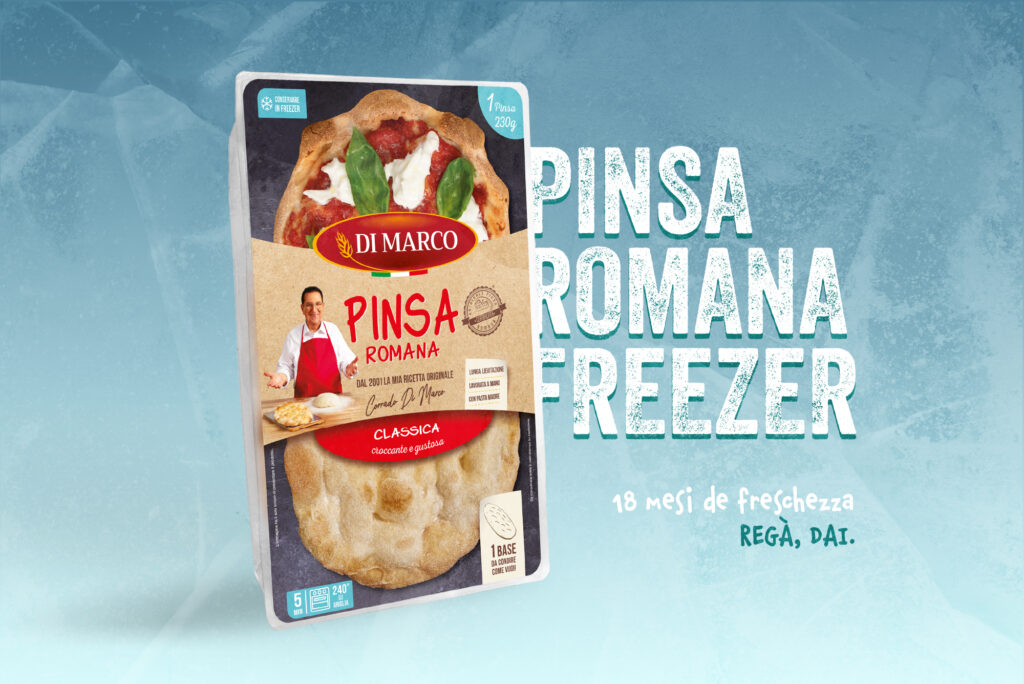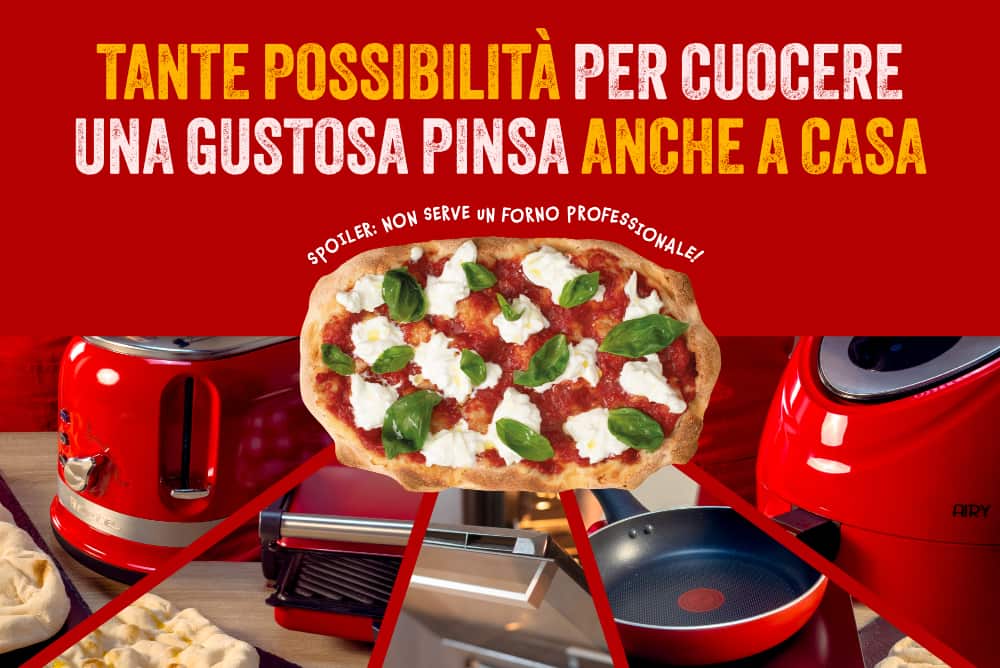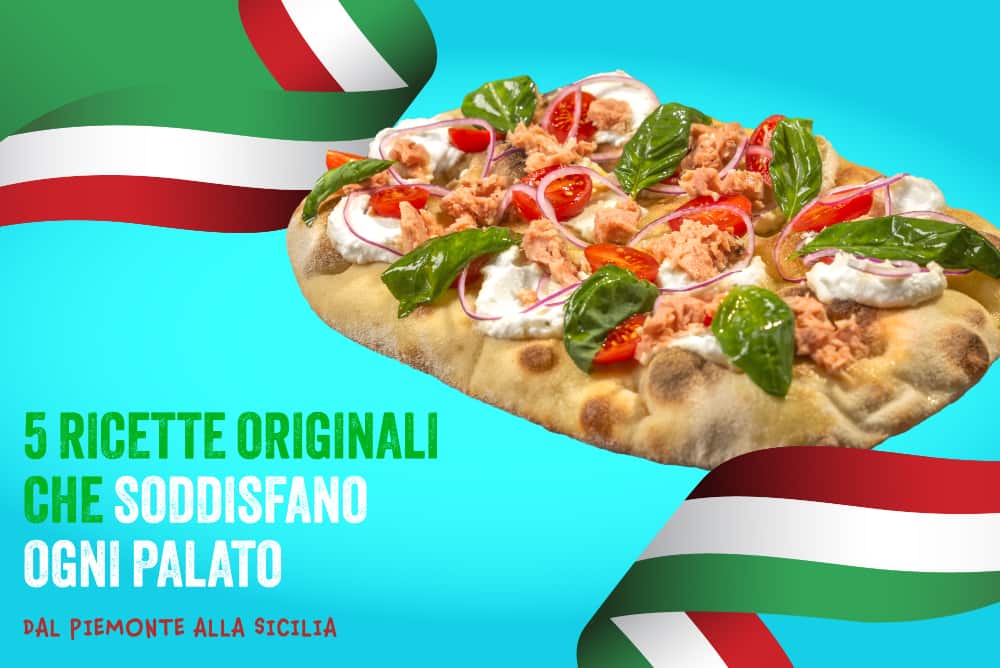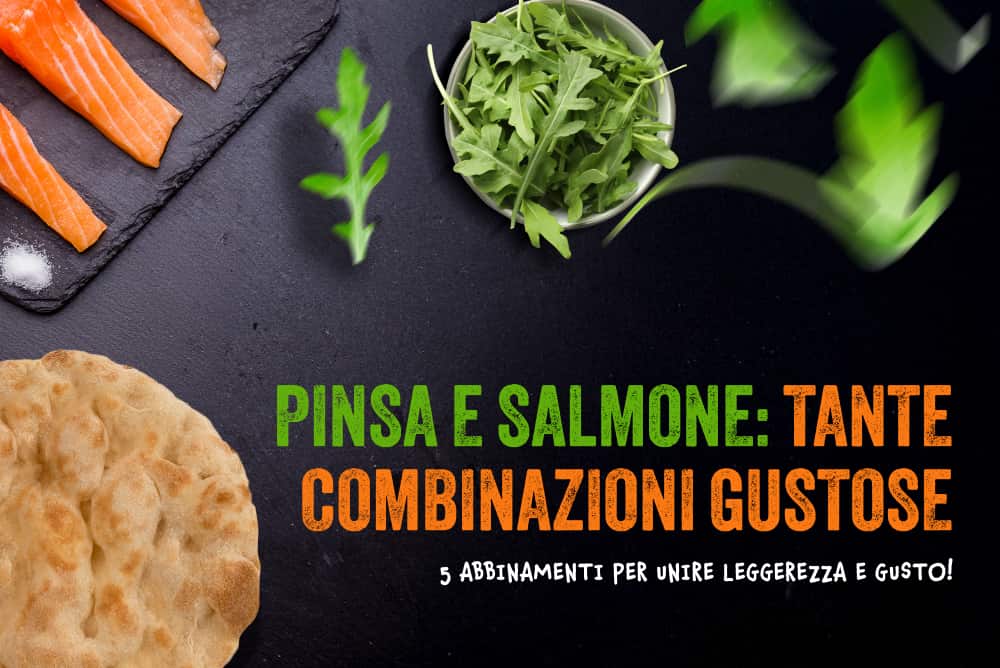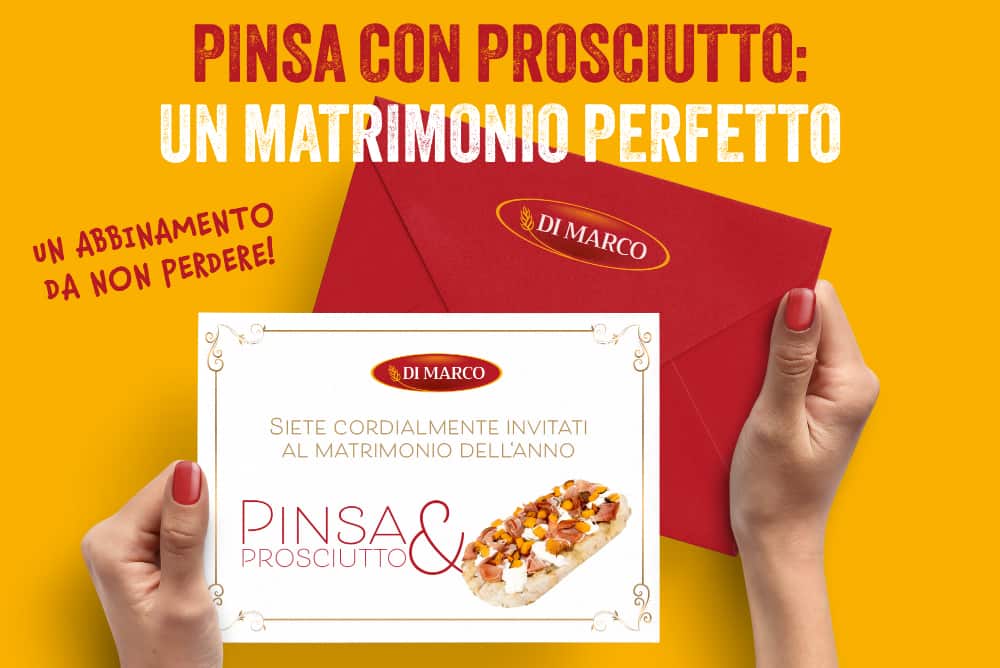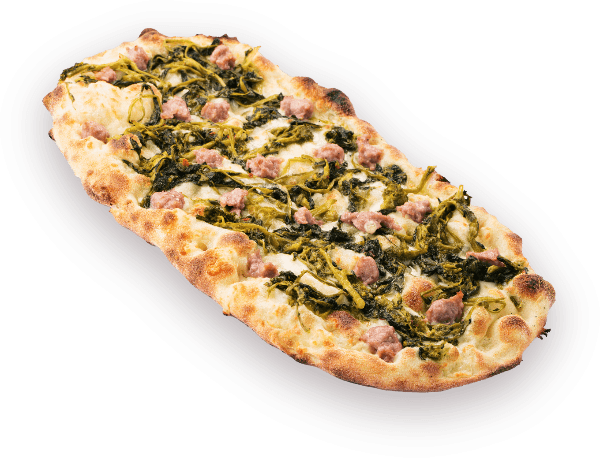More and more Italians are choosing frozen foods. According to IIAS data, in 2022 frozen food consumption reached nearly one million tons with an increase of 1.2% over the previous year. 61% of Italians said they eat them at least twice a week, but if we narrow the survey to those under 35, the percentage rises to 70%.
Why are frozen foods so successful in Italy?
One of the reasons why people love frozen foods is that they are easy to prepare. Everyday life has become more and more hectic, and frozen foods seem perfect because all we have to do is put them in the oven or microwave for a few minutes and they are ready.
This trend has become even more attractive in recent years, that is, since remote work has limited lunches at the bar or at the restaurant with colleagues: working from home and still having little time to cook, frozen foods are the appropriate solution. In addition, over the years, frozen foods have improved in quality due to new deep-freezing techniques that better keep the flavour and freshness of the food. All this, in addition to the benefits of the very long storage times, which are well known.
How the deep-freezing process works
Deep-freezing is a method of preserving food for the purpose of keeping its organoleptic qualities, freshness and flavour as much as possible.
The deep-freezing process involves cooling food very rapidly to temperatures of -18°C or lower. It differs from the freezing process, which is the typical process used in home freezers, both in the temperature it reaches and (most importantly) in its speed. In fact, the faster the chilling process the less damage is done to the food, with the result that – once thawed – it will be almost identical to fresh food.
The deep-freezing process involves several steps, from the preparation of the food, which can be cleaned, cut or cooked as needed, to its placement in a deep-freezing chamber, to the packaging in sealed containers, storage and transport in suitable environments; these must preserve the temperature below -18 °C to prevent the growth of bacteria and keep the freshness of the food.
The 4 myths to debunk about frozen foods
Sometimes, frozen foods are misunderstood and face a number of myths that can affect their perception. It is crucial to dispel them right from the start:
Myth No. 1: Frozen foods are very different from fresh foods.
Often, frozen foods are produced and frozen immediately to stop their natural spoilage process. Therefore, frozen foods can be absolutely alike to the fresh ones.
Myth No. 2: Frozen foods are less healthy than fresh foods.
There is no reason why frozen food should be less healthy than the fresh. It depends on when, how and in what way it was frozen, but in principle the statement is not true.
All frozen foods contain preservatives and additives.
Not true. Posting that it is important to read food labels to make informed choices, in this case the preservative may simply be the cold.
Frozen foods are less tasty than fresh ones.
Again, it depends on when the freezing process started and how it was done. But the statement is itself inaccurate, because the process preserves the flavour.
Di Marco frozen pinsa, our new product
Among the best-selling frozen foods in Italy there has always been pizza, in all sizes, shapes and recipes. In 2022, 66,000 tons of them were sold.
Over the years, people have increasingly appreciated our pinsa:
- because it is lighter than pizza;
- because it is easily digestible;
- because it represents an innovation;
- because it is artisanal;
- because it can be prepared in 5 minutes.
The list could go on and on. Until now, our frozen pinsa was reserved for the catering industry: bars, restaurants, pizzerias and pinserie. So we already had the knowledge and tools to offer the frozen product to the general public, but we preferred to make sure we could meet the demand before officially launching a frozen pinsa in supermarkets.
Di Marco’s frozen pinsa is now available and completes the offer for the end consumer, who has a product that can be stored in the fridge (Classica and Multicereali), one at room temperature (Ambient) and now a frozen one that can be stored for up to 18 months at a temperature of -18°C. And then, it can be defrosted and cooked quickly, just like Di Marco’s other signature products.
Frozen pinsa does not compromise on quality. It is the same product that Corrado Di Marco invented in 2001 and that today we are proud to distribute all over the world. There is the flour mix, the dried wheat sourdough and the artisanal production; and there are no preservatives or additives.
So it is the same pinsa you have already tasted and fallen in love with, only here it is precooked and blast chilled to -18° to preserve its taste and freshness for a long time.
What are the benefits of Di Marco frozen pinsa?
We will then explore 5 good reasons why you should consider buying a Di Marco frozen pinsa.
It fights food waste.
Because frozen pinsa can be stored for so long, it is clearly an anti-waste food. You can have it whenever you like, and so it won’t expire in the fridge.
It can be prepared in minutes
Frozen pinsa is ready in just a few minutes. There’s no need for time-consuming preparation: defrost, 5 minutes in the oven and it’s ready. It is perfect for those days when you have little time to cook. And if you are really short on time, you can bake it still frozen and add 2-3 minutes to the cooking time.
Season it any way you like.
Di Marco offers frozen pinsa bases to season as you like. There are no already seasoned versions. Therefore, the product meets everyone’s taste and can be customised in many different ways.
Highest quality
The deep-freezing process preserves the freshness and flavour of the ingredients. Therefore, even after months in the freezer, the frozen pinsa will still be perfect.
Accessible
Frozen pinsa is an accessible dish for most: tasty, flavourful, healthy and affordable.

